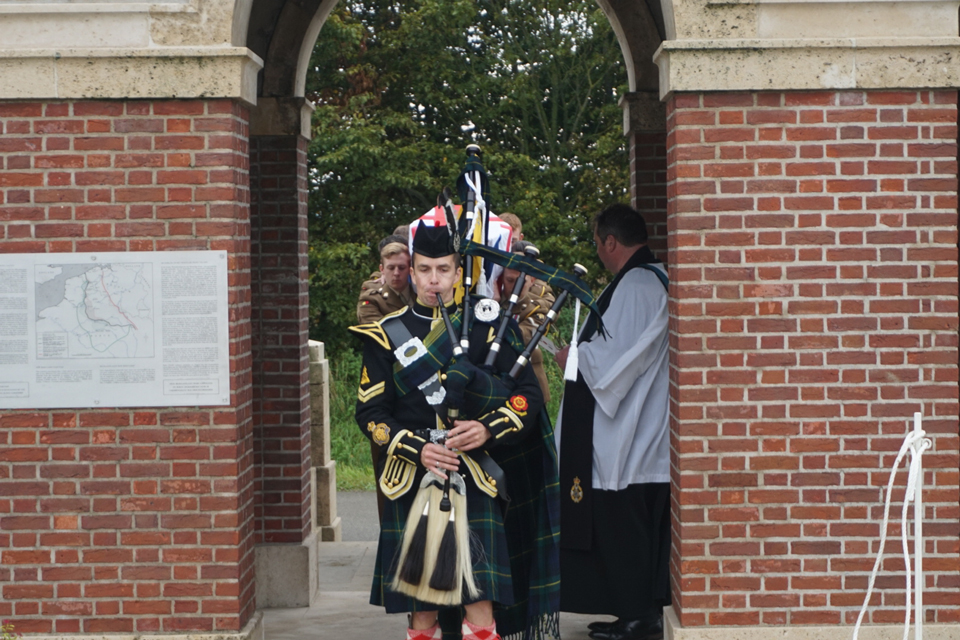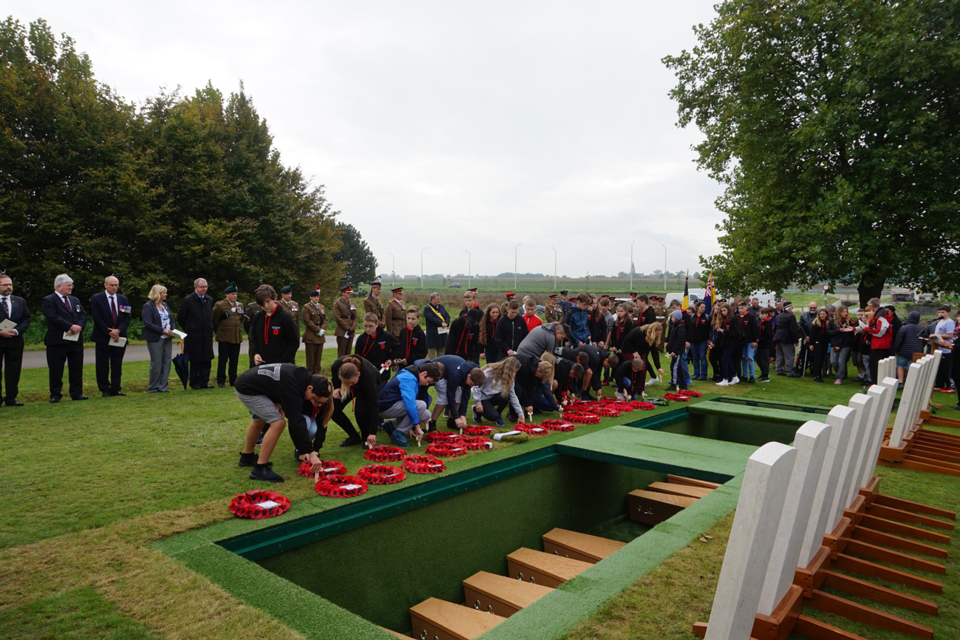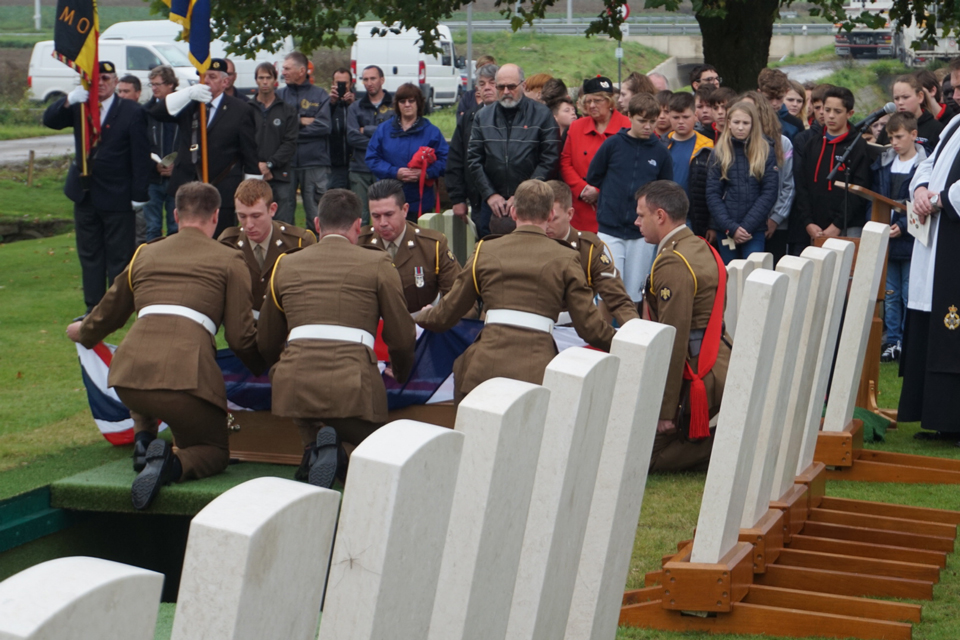News story: UK marks 350th UK deterrent patrol
Defence Secretary Sir Michael Fallon has today marked the UK’s 350th nuclear deterrence submarine patrol by hosting talks on collective global security with NATO’s Secretary General Jens Stoltenberg and the North Atlantic Council.
The UK Defence Secretary welcomed Jens Stoltenberg and all 29 NATO ambassadors to the home of the UK’s independent strategic nuclear deterrent, Her Majesty’s Naval Base (HMNB) Clyde. Sir Michael also took the opportunity to confirm that the UK will continue to play a leading role in NATO’s deterrence missions and will modernise and upgrade the Clyde Naval Base through £1.3 billion investment over the next ten years.
Defence Secretary Sir Michael Fallon said:
From our nuclear submarines that stand ready to defend us against the most extreme threats to our way of life, to nearly a thousand UK troops based in Eastern Europe, our commitment to the NATO Alliance, the cornerstone of European security, is clear and unwavering.
NATO is a nuclear alliance. Only by having a deterrent of our own are we able to help guarantee our nation’s security and that of all our NATO allies.
NATO Secretary General Jens Stoltenberg said:
I welcome the UK’s strong contribution to NATO, from its commitment to defence investment to its operational deployments. The nuclear forces of the Alliance, including those at Clyde Naval Base, are the supreme guarantee of the security of allied countries and populations.
HMNB Clyde has been home to the submarine based nuclear deterrent for five decades. The UK Government is investing £1.3 billion over the next 10 years to update and upgrade its engineering and training facilities. The Base will be home to the entire UK submarine service by 2020, and supports 6,800 jobs today, which will rise to 8,500 in the 2030s.
The NAC’s visit included a tour of a UK Vanguard class deterrent submarine and the Base’s extensive Trident Training Facility.
Designing and building the new Dreadnought class of four ballistic missile submarines is one of the largest and most complex programmes that the MOD and UK industry has undertaken. The UK has shown its commitment to the nuclear Non Proliferation Treaty having reduced the number of deployed warheads on each submarine from 48 to 40, the number of operationally available warheads to no more than 120 and remains committed to reducing its stockpile of nuclear warheads to no more than 180 by mid-2020s.
The NAC also toured a Royal Navy frigate taking part in Exercise Joint Warrior, the UK-led multinational exercise that will begin days after the visit, on Sunday 1st October. It is one of the largest military exercises of its kind in Europe, bringing together 35 naval units from Belgium, Canada, Denmark, Estonia, France, Germany, Italy, Latvia, Lithuania, the Netherlands, Spain and the US, as well as aircraft from Canada, France, Norway, the UK and US. As Scotland’s largest military establishment, HMNB Clyde is also the operational headquarters for Joint Warrior.







